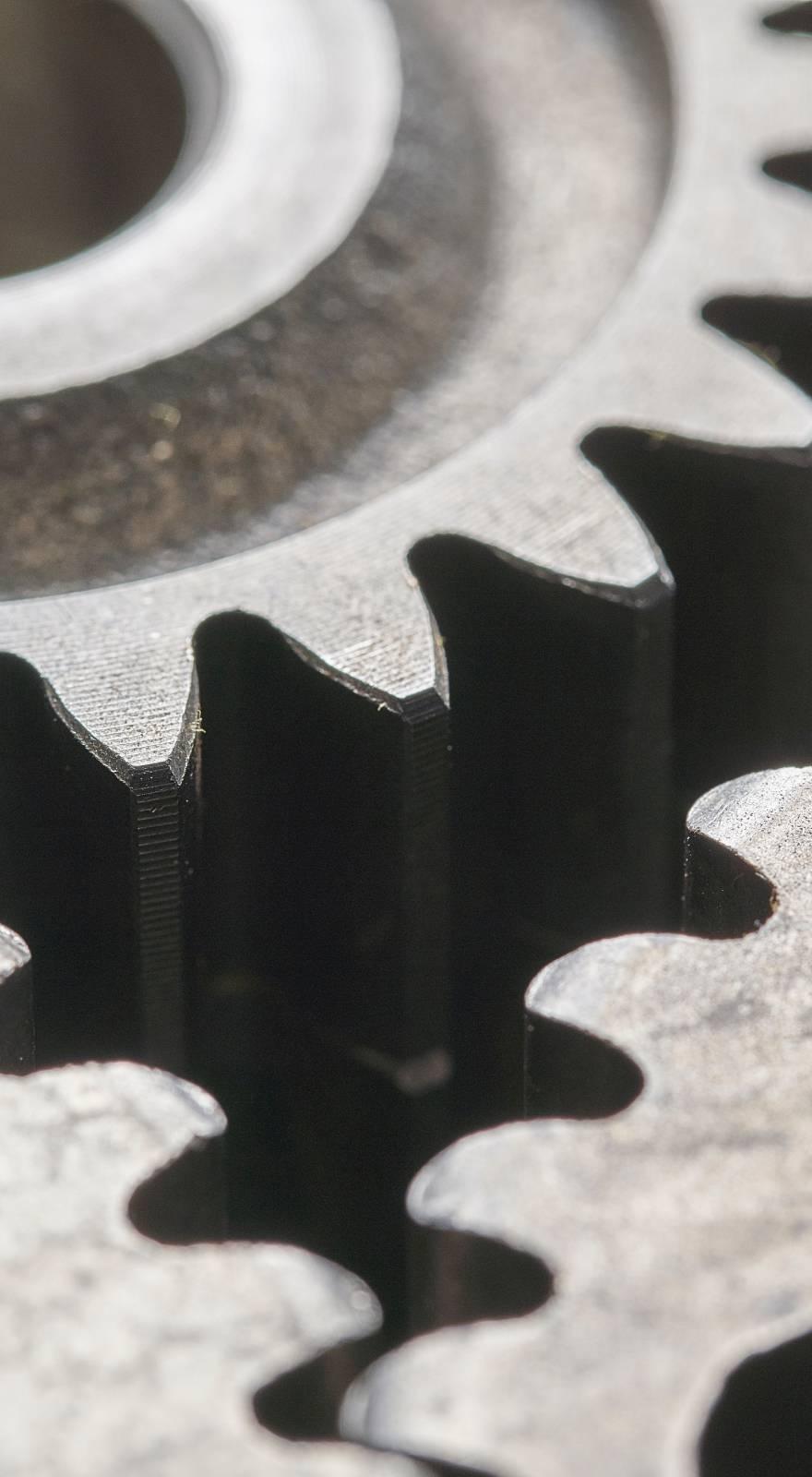Knowde Enhanced TDS
Identification & Functionality
- Chemical Family
- Polymer Name
- Technologies
- Product Families
Features & Benefits
- Materials Features
- Peculiarities
- Addition cure
- Easy pour able
- High tear strength
- Eextreme mold release/mold life
Applications & Uses
- Markets
- Plastics & Elastomers End Uses
- Application
SILIMOLD ADT 40 silicon rubber is especially designed for complex molds, model prototype and mold making.
Properties
- Physical Form
- Appearance
- Thick liquid before Catalysis
- Typical Properties
| Value | Units | Test Method / Conditions | |
| Appareance (After Catalysis) | Flexible rubber | — | — |
| Specific Gravity (Before Catalysis) | 1.1 - 1.14 | kg/l | — |
| Color (After Catalysis) | Transparent | — | — |
| Color Component A (Before Catalysis) | Transparent | — | — |
| Color Component B (Before Catalysis) | Transparent | — | — |
| Demoulding Time (During Catalysis) | 16 | Hrs | — |
| Elongation At Break (After Catalysis) | 370 - 430 | % | DIN 53504 - S A 3 |
| Hardness (After Catalysis) | 38 - 42 | Shore A | DIN 53505 |
| Linear Shrinkage (After Catalysis) after 5 days ageing | max. 0.1 | % | ISO 4823 |
| Mixing Ratio (Before Catalysis) by weight (= 10%) | 100 : 10 | — | — |
| Pot Life (During Catalysis) | 90 | min | — |
| Tearing Strength (After Catalysis) | 17.5 - 18.5 | N/Mm | ASTM D 624 S A 3 |
| Tensile Strength (After Catalysis) | 5.3 - 6.2 | N/mm2 | DIN 53504 - S A 3 |
| Viscosity Comp. A (Before Catalysis) | 35 - 45 | Cps | — |
| Viscosity Comp. B (Before Catalysis) | 4.5 - 5.5 | Cps | — |
Safety & Health
- Deareation and Precaution
Any air trapped during the mixing cycle should be removed in order to avoid bubbling in the silicone rubber mold. This involves placing the container in a suitable vacuum chamber and apply a vaccum, which causes the mixture to froth to around four times its original volume. With a 20 mm. vacuum, deareation is completed approximately 2 minutes after the frothing ceases.
Curing may be inhibited if substrate contains water, sulfur, nitrogen compounds, organometallic salts, phosphorous compounds, etc. – a preliminary test is therefore recommended.
Packaging & Availability
- Packaging Type
- Packing
- Component A: 5 Kg. – 10 Kg. – 20 Kg. Plastic bucket
- Component B: 0,5 Kg. – 1 Kg. – 2 Kg. Plastic bo
Storage & Handling
- Shelf Life
Both components (A and B) 6 months in their original tightly closed containers, in a dry and cool place , away from moisture and at temperature between +10°C and +28°C.







